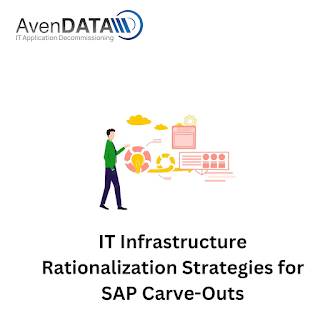SAP Carve-Out Project Management: Best Practices for Success

In today's dynamic business environment, organizations often undergo restructuring, mergers, or divestitures to optimize their operations or pursue strategic initiatives. SAP carve-out projects, which involve separating a portion of a company's SAP system for sale or standalone operation, require meticulous planning and execution to ensure success. Effective project management is crucial in navigating the complexities of SAP carve-outs, from initial planning to post-implementation support. Here are some best practices to consider for a successful SAP carve-out project. Comprehensive Planning and Preparation Before embarking on a SAP carve-out project, it is essential to conduct thorough planning and preparation. This includes defining project objectives, scope, timelines, and resources required. Engage key stakeholders early in the process to gather requirements, assess risks, and establish clear communication channels. A detailed project plan outlining tasks, dependencies, and










